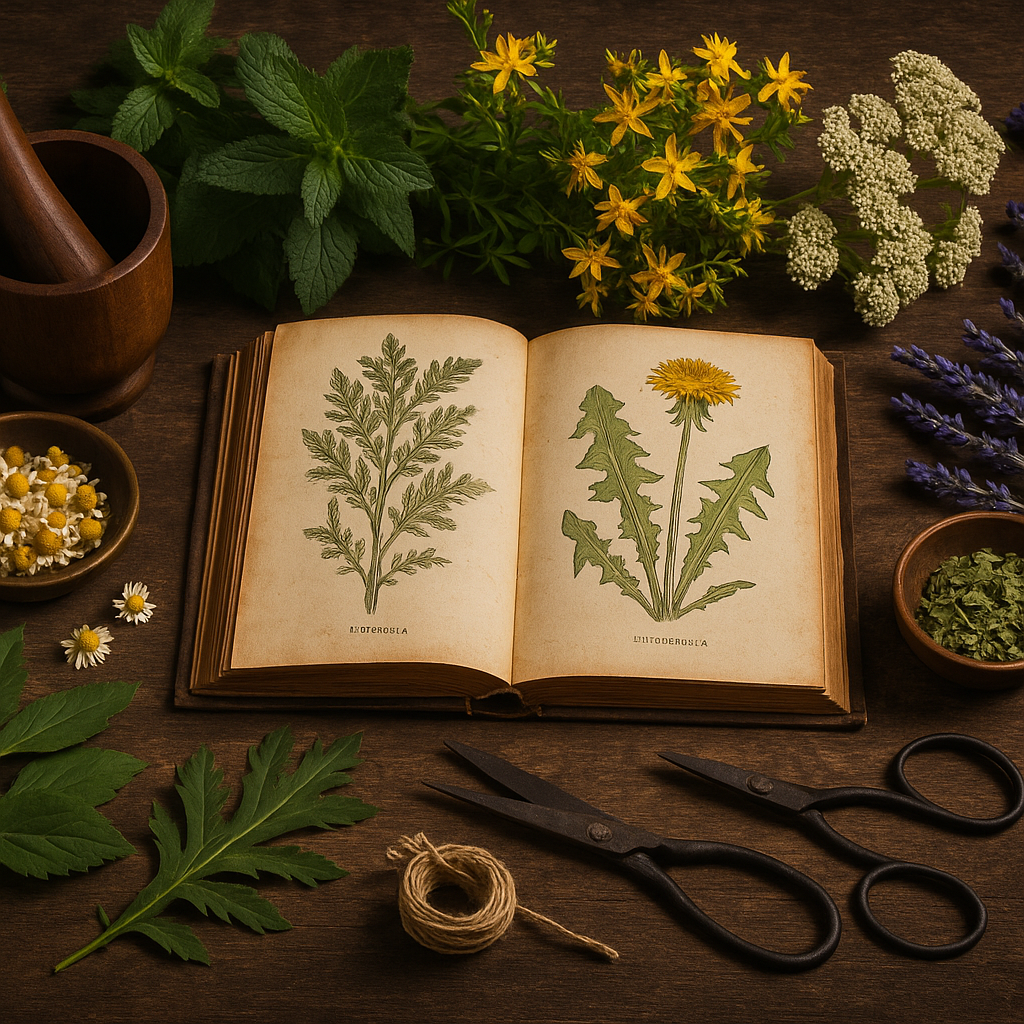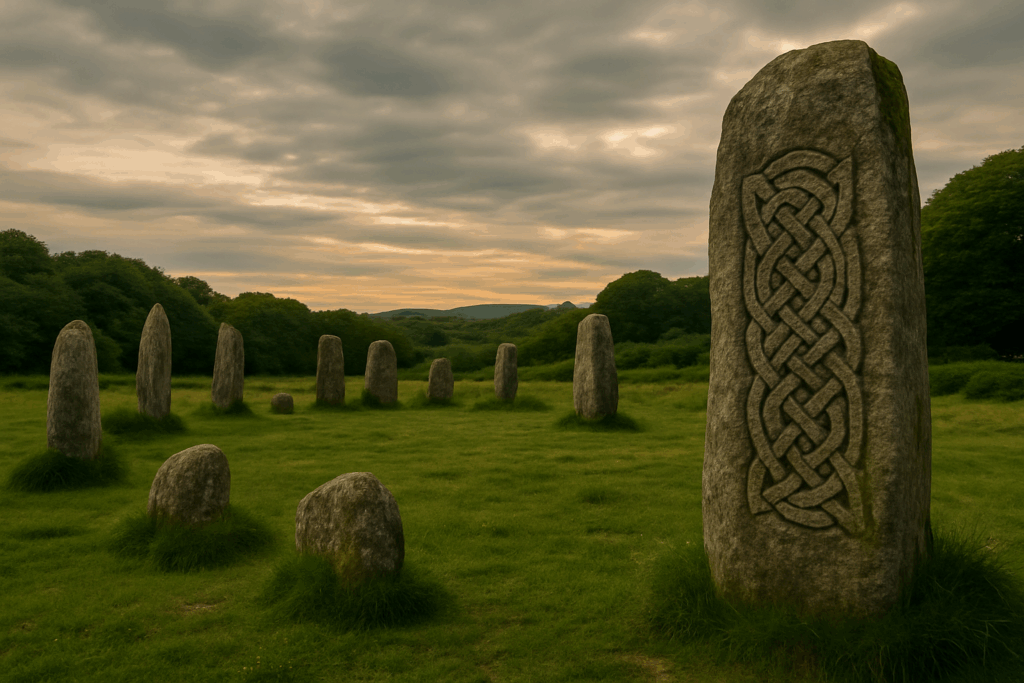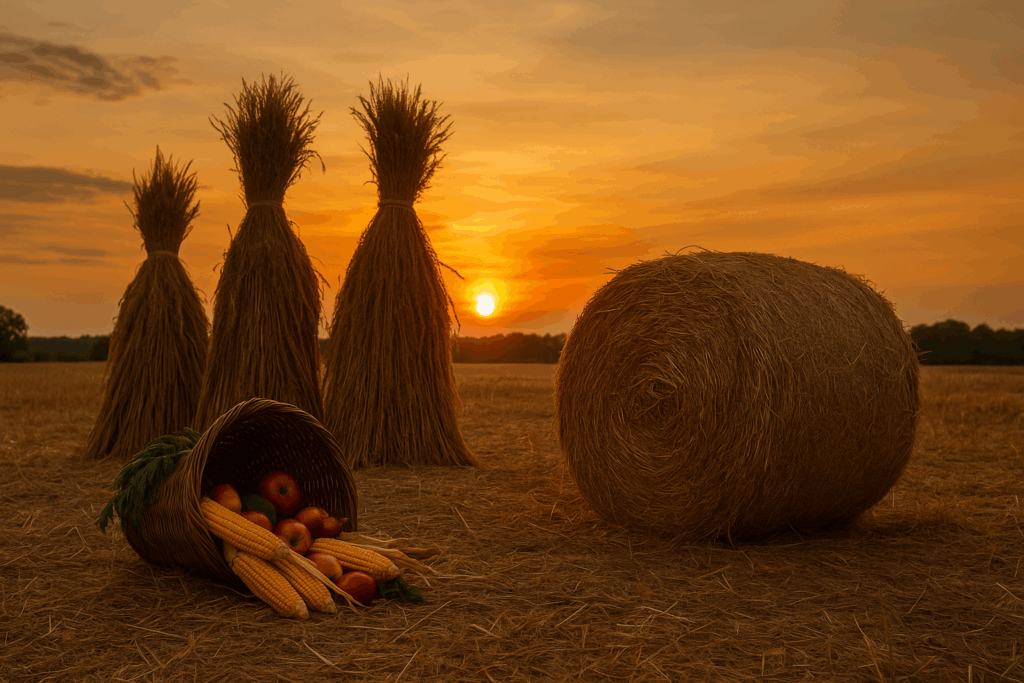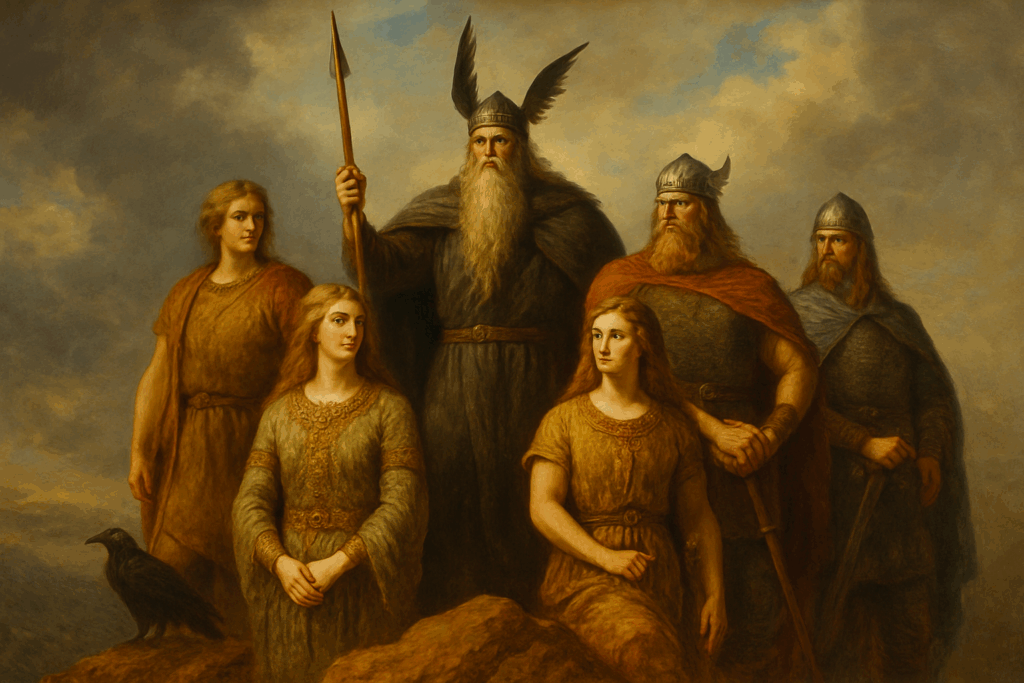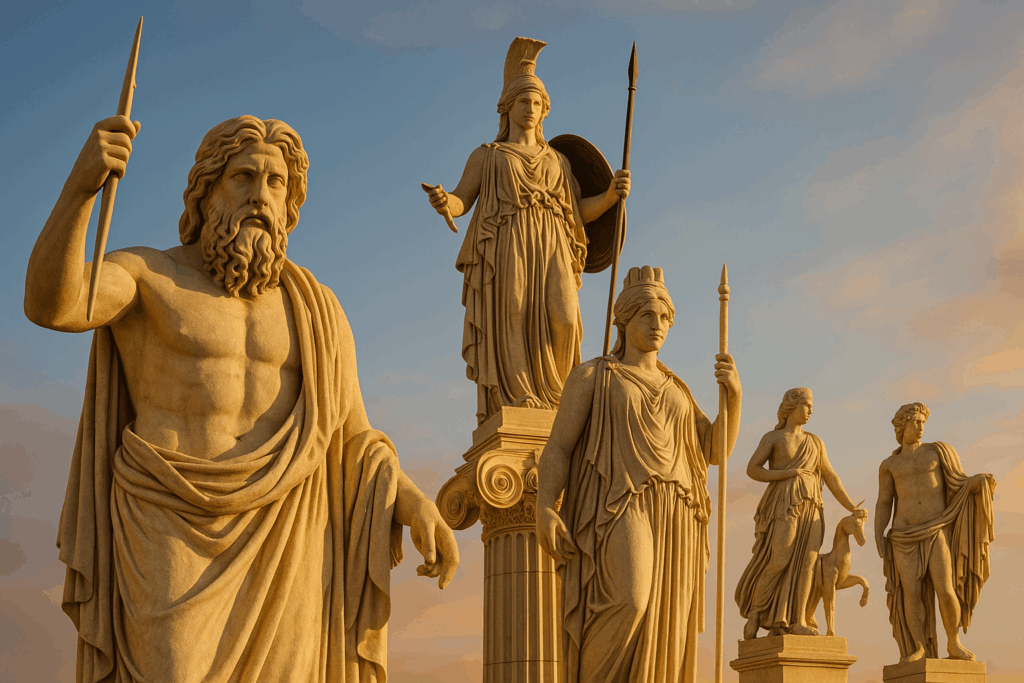October 20 – Mists Over the Crossroads
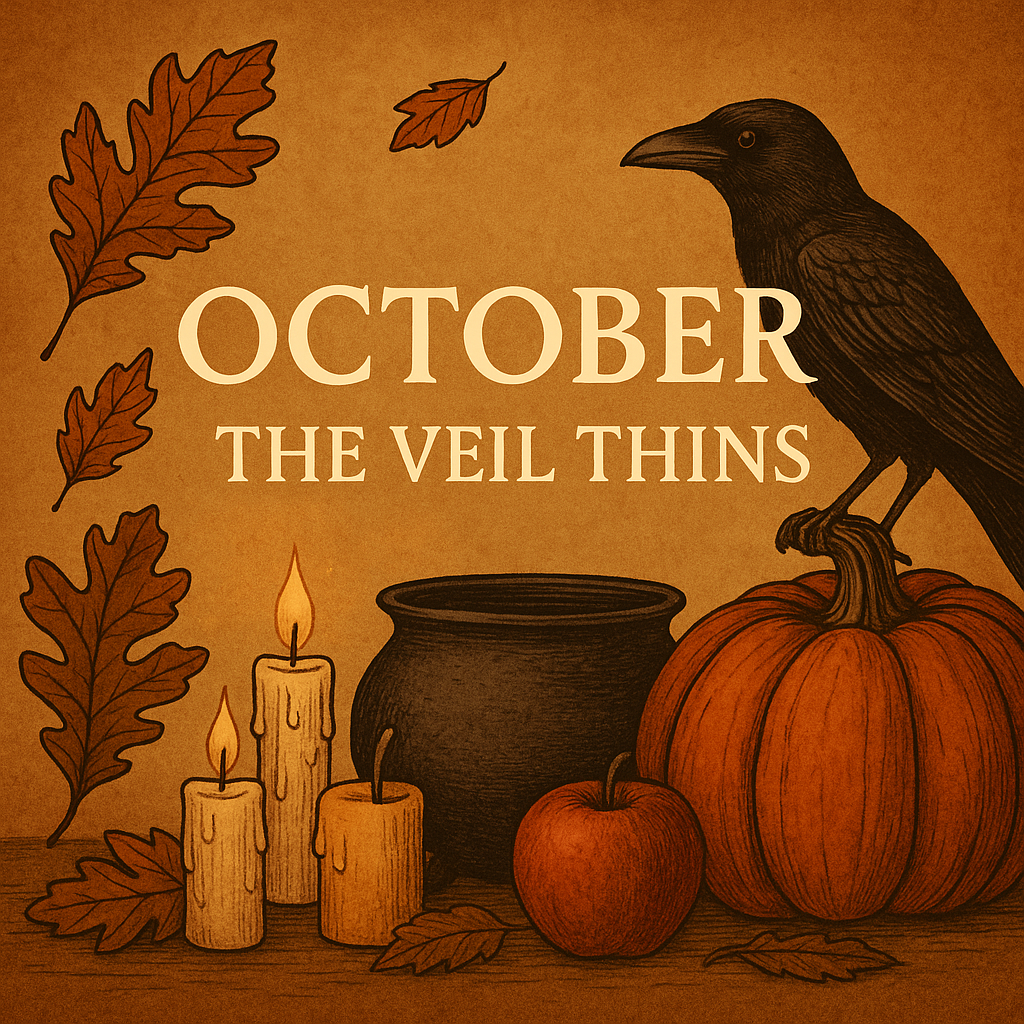
Honoring Hecate, the Morrígan, or your chosen guardian of thresholds.
The mornings of late October begin with mist. It gathers low over fields and rivers, curling through branches and fences, veiling the land in quiet secrecy. The air feels alive, charged with a stillness that is neither sleep nor waking. In this soft suspension between worlds lies the ancient magic of the crossroads — the meeting place of directions, destinies, and decisions. The mist is not only weather; it is spirit taking shape, the visible breath of the unseen.
This day belongs to the guardians of thresholds — the ones who stand where paths diverge and where souls pass between the known and the unknown. Among them are goddesses like Hecate, the torch-bearer of Greek tradition, who guides travelers and spirits at the triple crossroads, and the Morrígan of Irish myth, the great Queen of Shadows, who rules over transformation, prophecy, and the fate of battle. To honor them is to honor liminality itself: the sacred art of standing between what was and what will be.
The crossroads have always been a place of power. In every culture, they symbolize intersection — of life and death, past and future, choice and consequence. The ancients came to them seeking counsel or release. Offerings were left for the gods of the boundary, for protection and wisdom in times of transition. Today, even if your crossroads is no more than an urban street corner or a dirt path dividing in two, its spiritual essence remains unchanged. It is a place where energy moves differently, where the veil grows thinner, and where we can listen for the voices of those who walk unseen.
To stand at a crossroads is to admit that you are at one yourself. Every choice in life — every decision that demands courage — is its own intersection. We often fear such moments because they demand clarity. But the mists of October teach a gentler lesson: that not every path must be clear to be right. Sometimes the fog is necessary. It slows our steps and forces us to trust our intuition rather than our eyes. When you cannot see the way forward, you must feel it instead — the subtle tug in the heart that says, this way.
If you wish to honor the guardians of the crossroads, begin at twilight, when the light fades but the world has not yet turned fully to dark. Find a quiet place — a literal crossroads if possible, or simply a symbolic one such as the meeting point of two paths in a park. Bring with you a small lantern or candle, a pinch of earth, and a token offering: bread, honey, wine, or even a handful of wildflowers. Stand at the center of where the paths meet and let your breath slow. Feel the air shift around you — the currents from each direction meeting in stillness.
When you feel ready, light your lantern and speak softly:
“Hecate, Keeper of Keys, Guardian of the Threshold, light my path through the mist.
Morrígan, Sovereign of Shadow and Flight, grant me sight in the darkness.
Spirits of the crossroads, watch over my steps and guide my choices.”
Place your offering on the ground beside your light. As you do, imagine the mist itself responding — curling closer, shimmering faintly in acknowledgment. Stand in silence and listen. You may hear nothing but the whisper of wind, yet within that sound lies a deeper rhythm. Sometimes guidance comes not as words but as presence — a feeling that the unseen world has taken notice, that your offering has found its mark.
The magic of the crossroads is not only in calling upon the divine but also in calling upon your own wisdom. These goddesses and spirits do not demand obedience; they ask awareness. Hecate’s torches illuminate what we have ignored. The Morrígan’s crows circle what we fear to face. Their guidance can be fierce, but it is always for transformation. When you honor them, you are not submitting to fate — you are acknowledging your own agency within it. You are saying: I choose to meet the unknown with open eyes.
You may wish to bring the essence of this ritual into your home afterward. Place a small bowl of water or a key on your altar to represent the crossroads. Keys are Hecate’s symbols, reminders that thresholds can be opened as well as guarded. You might also add a black feather for the Morrígan, a token of vision and sovereignty. When you light a candle near these items, imagine that same mist swirling gently around you, carrying your prayers where they need to go. Whisper, “Between worlds I walk in peace.”
The mist that gathers at the crossroads is neither hostile nor benign; it is neutral — potential waiting to be shaped by intent. It asks for respect. When you finish your observance, do not look back as you leave. Old lore says that to turn around at a crossroads invites confusion, for the spirits of the boundary do not like to be watched departing. Walk home slowly, letting the energy of the ritual settle behind you like fog returning to the earth.
The Morrígan’s lesson in this season is that power and surrender are not opposites but partners. The same mist that hides the way also softens it. The same goddess who brings endings also births renewal. To stand in her presence is to stand in your own truth — raw, fearless, unmasked. Hecate’s lesson, in turn, is that knowledge comes through experience. Each key she holds represents a door you must pass through yourself. The guardians of thresholds do not remove our choices; they deepen them.
Tonight, as you prepare for rest, light a single candle. Watch the flame waver. Imagine that its glow cuts through a personal mist — a confusion, fear, or question that lingers in your heart. Ask for clarity, not certainty. Certainty closes doors; clarity keeps them open. Whisper, “Guide me through the fog, that I may see with spirit’s eyes.” Let the candle burn a while, then safely extinguish it, knowing the prayer continues long after the flame is gone.
In the morning, when the real mists rise from the earth again, step outside and breathe them in. Feel the cool moisture on your skin. The crossroads is not always a place on a map. Sometimes it is a moment, a breath, a heartbeat suspended between decisions. Trust that the path will appear when you are ready to walk it. Until then, honor the mist for what it is — not confusion, but mystery. Not an obstacle, but a veil through which wisdom travels.

